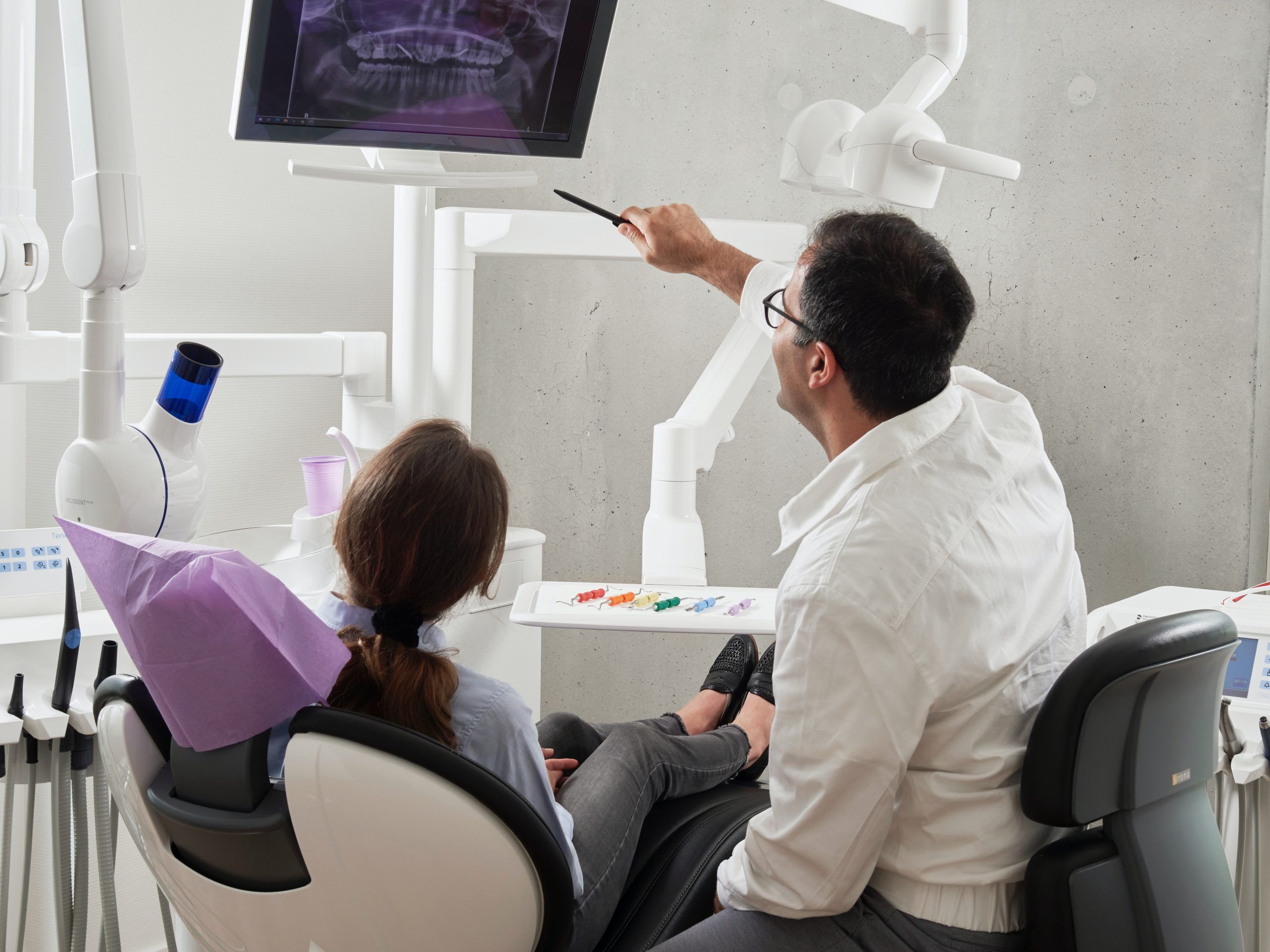Author: nearmedental
Fact: The incidence of Periodontitis increases with age.
Periodontitis is a common periodontal disease that results from untreated gingivitis. Gum disease is prevalent among individuals of all ages. Periodontitis occurs when this disease has already spread from the gums to other tissues in the mouth.
Periodontitis is one of the most popular causes of teeth loss in adults. It is an inflammation that occurs in the gingival, alveolar bone, cementum as well as periodontal ligaments.
Causes of Periodontitis
Periodontitis is caused by the formation of tartar and plaque on the teeth. Over time, this plaque hardens and can no longer be removed through brushing or flossing. As a result, the bacteria found in the plaque find its way to the gums, resulting in an infection.
When this infection is left untreated for some time, it progresses to become periodontitis.
Some of the factors that increase the risk of developing the disease include:
- Poor oral hygiene
- Compromised immune system due to sickness or drugs
- Smoking
- Family history of the disease
- Poor nutrition
The symptoms of Periodontitis vary depending on the type. The disease may either be chronic or aggressive.
Chronic periodontitis often results in the formation of periodontal pockets around the teeth. It may be mild or moderate and is easier to treat. Aggressive periodontitis usually indicates an underlying issue with the immune system. It is common in the younger populace and its treatment may require a combination of surgery and strong antibiotics.
The toxins in periodontitis are capable of eroding the jaw bone. The bacteria may also get into the bloodstream and spread to other parts of the body.
Signs You May Have Periodontitis
The early stages of periodontitis are asymptomatic. The signs at this stage are similar to those of gingivitis and may include bad breath, red gums and bleeding. As the disease spreads to the gums, you may start experiencing toothaches that worsen when exposed to cold or hot temperatures, as well as swollen gums.
Other symptoms include pain when you touch the teeth and gums, loose teeth, reddish-purple gums, and bad breath that lingers even after brushing your teeth.
When left untreated, the disease continues to progress and may cause complications such as:
- Tooth movement and loss
- Tooth abscess
- Cellulitis of the face
- Deep jawbone infection
Treatment Options
Unlike mild gum disease that can be eliminated using proper dental hygiene. Periodontitis requires treatment by a dental specialist. Brushing and flossing can only clean the teeth and part of the gum, yet periodontal pockets are always at least 4 to 10 millimeters deep.
One way of treating periodontitis is through scaling and root planing. This procedure helps to remove calculus and plaque in the periodontal pockets altogether. It is almost similar to normal brushing but goes below the gum line. Some dentists may give patients local anesthesia to numb the gums during the cleaning process.
A more sophisticated treatment option is open flap debridement, where surgical interventions are used to effectively clean the deeper pocket areas and free the patient from the disease. Although this process is not common and can be very costly, it is one of the most effective treatments for severe periodontitis.
Surgery may also be used where cellulitis and abscesses are present.
Your dentist may prescribe some antibiotics to be used together with the above procedures. In some cases, antibiotic-based materials will be placed in the periodontal pockets to get rid of the infection.
After the initial treatment, your dentist will place you on a routine periodontal maintenance plan that includes having your teeth checked and cleaned every three to four months. The dentist will monitor the healing of your gums and if there are any remaining pockets after this period, surgery may be performed.
When left untreated for long, periodontitis always results in a more complex periodontal condition whose effects may be irreversible. It is essential to practice better oral hygiene after treatment, including brushing and flossing at least twice each day.
Visit Your Dentist Regularly
Regular visits to your dentist facilitate early detection and treatment of the disease. If you have any risk factors associated with the disease, you may need to see your dentist more regularly.
You also need to consult your dental specialist any time you experience symptoms of periodontitis. You will be asked some questions relating to your oral health, as well as your family’s medical history. The dentist will also examine your gums, teeth, and jawbone, then measure your pockets’ depth to establish if you are already suffering from bone loss.
Once you get treated for the disease, follow your dentist’s guidelines to prevent it from recurring.


